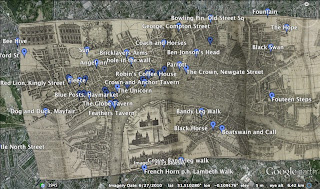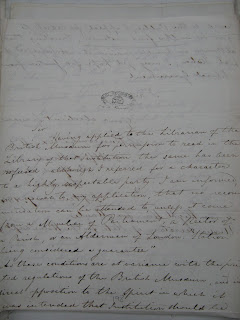What does a history lecturer actually do all week?
Our second year students have an assignment that involves finding out what their lecturers do. It is a surprise perhaps to many that we do a lot more than just stand behind a podium lecturing. I think we should set this assignment in their first term of their first year, so they all realise that we do a lot more than teach. Here's the response I briefly gave via email: Student's question: 1. What is involved in the historical profession? My job involves about 6 different aspects, which I balance with varying levels of competency: a) historical research - working in the archives and libraries to write books and articles - we have to produce at least 4 articles/books every 5 years for the Research Excellence Framework, which decides how much funding universities get according to the quality of their research. During semester time, I try to spend about one day a week in the archives/library, and evenings and weekends writing and doing online research. During the "hol...










